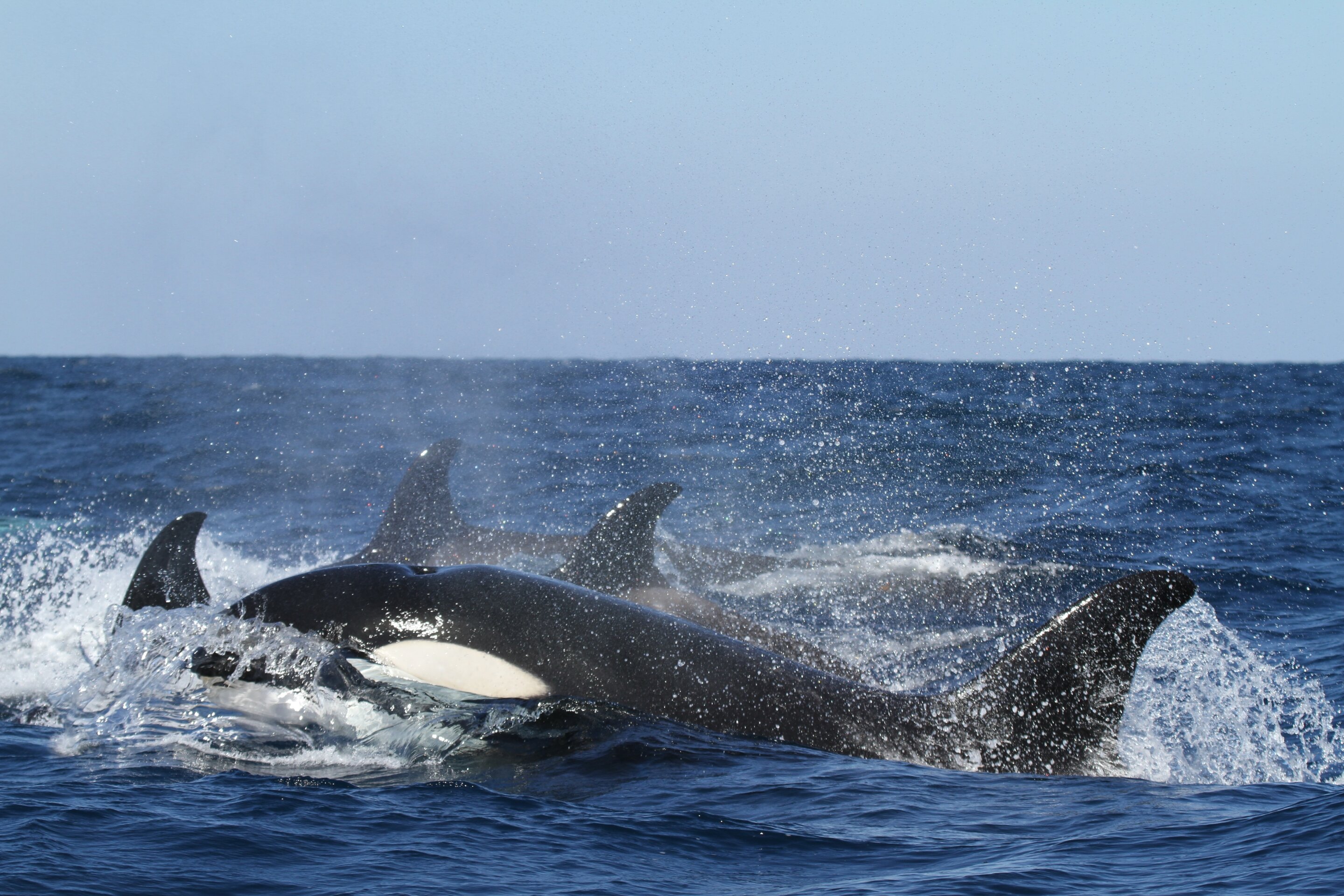The J pod of endangered southern resident orcas has a new baby.
Researchers Maya and Mark Sears recently spotted a new calf with J pod. The Center for Whale Research hadn’t spotted the baby in recent encounters with the orcas, likely making the calf just a few days old.
The calf was seen near J40, also known as Suttles, an adult female who has not yet had a calf. J40 seems to be the most likely mother, the center said in a social media post, but researchers will try to confirm this in future encounters.
The calf was spotted near President Point in Puget Sound, said Brad Hanson, wildlife biologist for the National Oceanic and Atmospheric Administration, in a phone call..
This summer, the center spotted two new additions to the L12 subgroup of the L pod in the Strait of Georgia off the shores of Canada.
Survivorship from the last baby boom in 2015 wasn’t quite what researchers had hoped for, Hanson said.
“It’s really, really good news,” Hanson said of the new calf. “It also comes with the trepidation of how they’re going to fare throughout the first few years of their life.”
It isn’t unusual for calf survivorship to be low, he said. And sometimes researchers are concerned about first-time moms because they haven’t yet figured out how to be a mom, Hanson added.
J pod is one of three families within the southern resident orca population that frequents the Salish Sea. The 2022 census by the Center for Whale Research tallied just 73 orcas, one of the lowest population counts among the J, K and L pods of whales since 1974, when 71 orcas were counted after the live capture era, according to the National Oceanic and Atmospheric Administration. There are now estimated to be 75 orcas.
The population peaked at 98 in 1995 but declined by almost 20% by the end of the decade, leaving 80 whales in 2001.
“In order for the population to grow, you really need them to have five or six successful calves,” Hanson said. “And that’s just not been happening in the population.”
They’re not having that many calves, Hanson said. And some are not surviving long enough to fully reproduce.
Generally, the southern residents are struggling to survive in the face of at least three threats: lack of Chinook salmon in their foraging range, pollution, and underwater noise that makes it harder for them to hunt and communicate with each other.
Researchers have found two-thirds of southern resident pregnancies end in loss because of lack of food. More recently, studies have found that the southern resident females have less hunting success than their neighbors up north, and that the shrinking, increasingly inbred population of southern residents could be plummeting toward extinction.
2023 The Seattle Times. Distributed by Tribune Content Agency, LLC.
Citation:
Newborn southern resident orca spotted in Puget Sound (2023, December 28)
retrieved 28 December 2023
from https://phys.org/news/2023-12-newborn-southern-resident-orca-puget.html
This document is subject to copyright. Apart from any fair dealing for the purpose of private study or research, no
part may be reproduced without the written permission. The content is provided for information purposes only.

